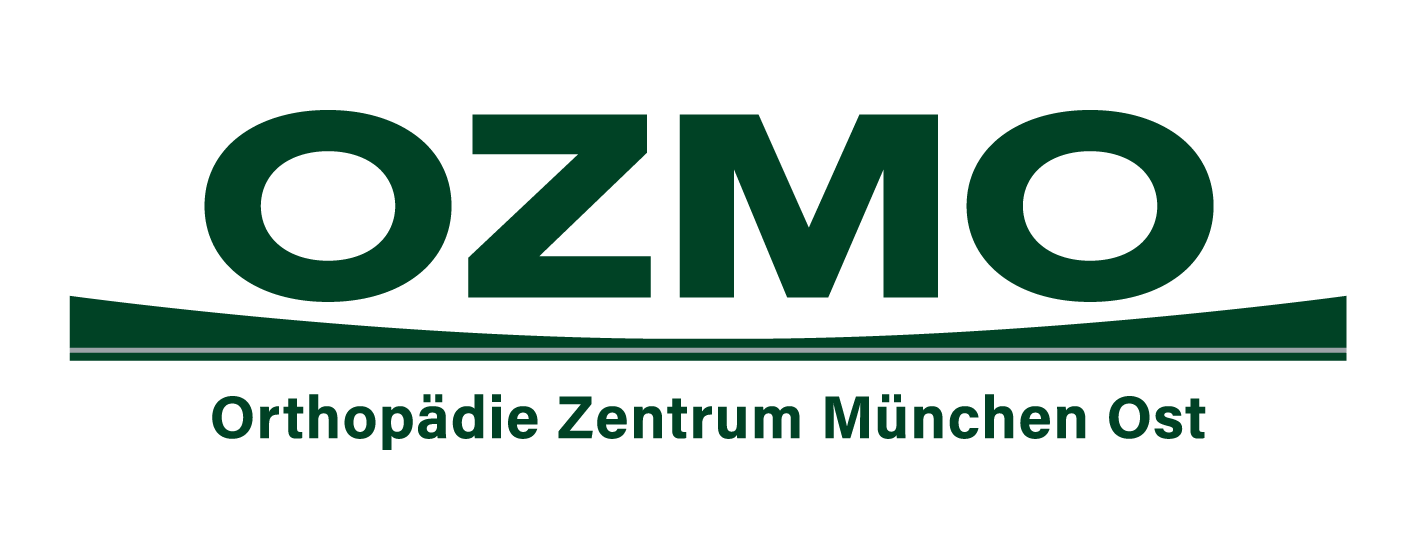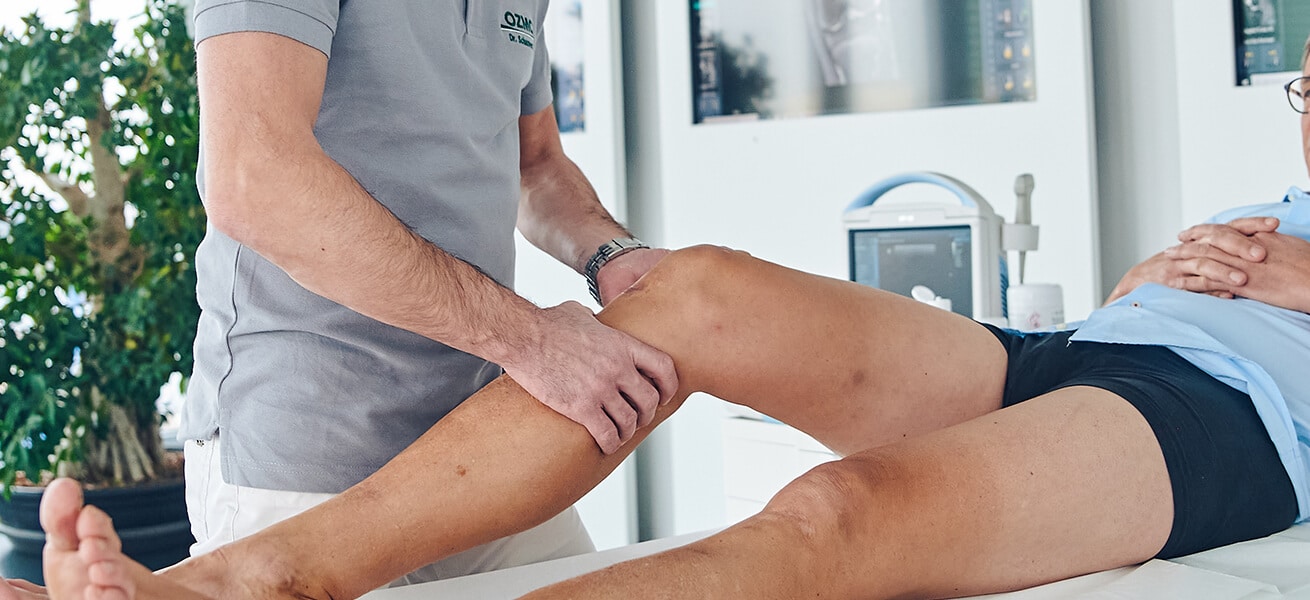Meniscus damage
Meniscus tear – therapy usually successful without surgery
The meniscus is the shock absorber of the knee joint, analogous to the intervertebral disc of the spine. These are two cartilage elements with ring-like shapes placed laterally between the bone of the lower and upper leg. They provide painless sliding in the knee movement by preventing friction between the bones by increasing the contact surfaces. The name “menisci” is derived from the Greek and means something like “moonlike body”.
If the menisci become brittle over the course of a lifetime, small tears develop that increase over the years. If the already damaged meniscus is additionally stressed by incorrect loads, overexertion or wear and tear, a meniscus tear can occur, for which various treatment options are available. Depending on the severity and the affected meniscus, the appropriate therapy is chosen between symptom treatment with immobilization, physiotherapeutic measures and / or surgical treatments. In many cases, however, modern medicine now offers options that are successful without surgery.
What is meniscus damage?
If the menisci as cartilage elements become brittle or tear, a so-called meniscus tear or meniscus damage occurs. In the case of meniscus damage, one of the two menisci (sometimes both as a result of an accident) is damaged by tears to such an extent that its natural function as a shock absorber in the knee joint is restricted. In some cases, these tears can exceed a certain size and become unstable and, in the worst case, jam in the knee joint.
Meniscus damage is differentiated first by the location of the damage, but also by the type. The medial meniscus, also called the inner meniscus, is relatively immobile because the crescent-shaped cartilage is fused to the inner ligament. If external forces act on the medial meniscus acutely in an accident or during chronic stress, it cannot escape and thus takes damage more easily than the lateral meniscus. The lateral meniscus is the outer meniscus. It has a roundish shape and is only slightly fixed to the surrounding tissue. When external loads are applied, the outer meniscus can therefore use its range of motion and tears less quickly.





